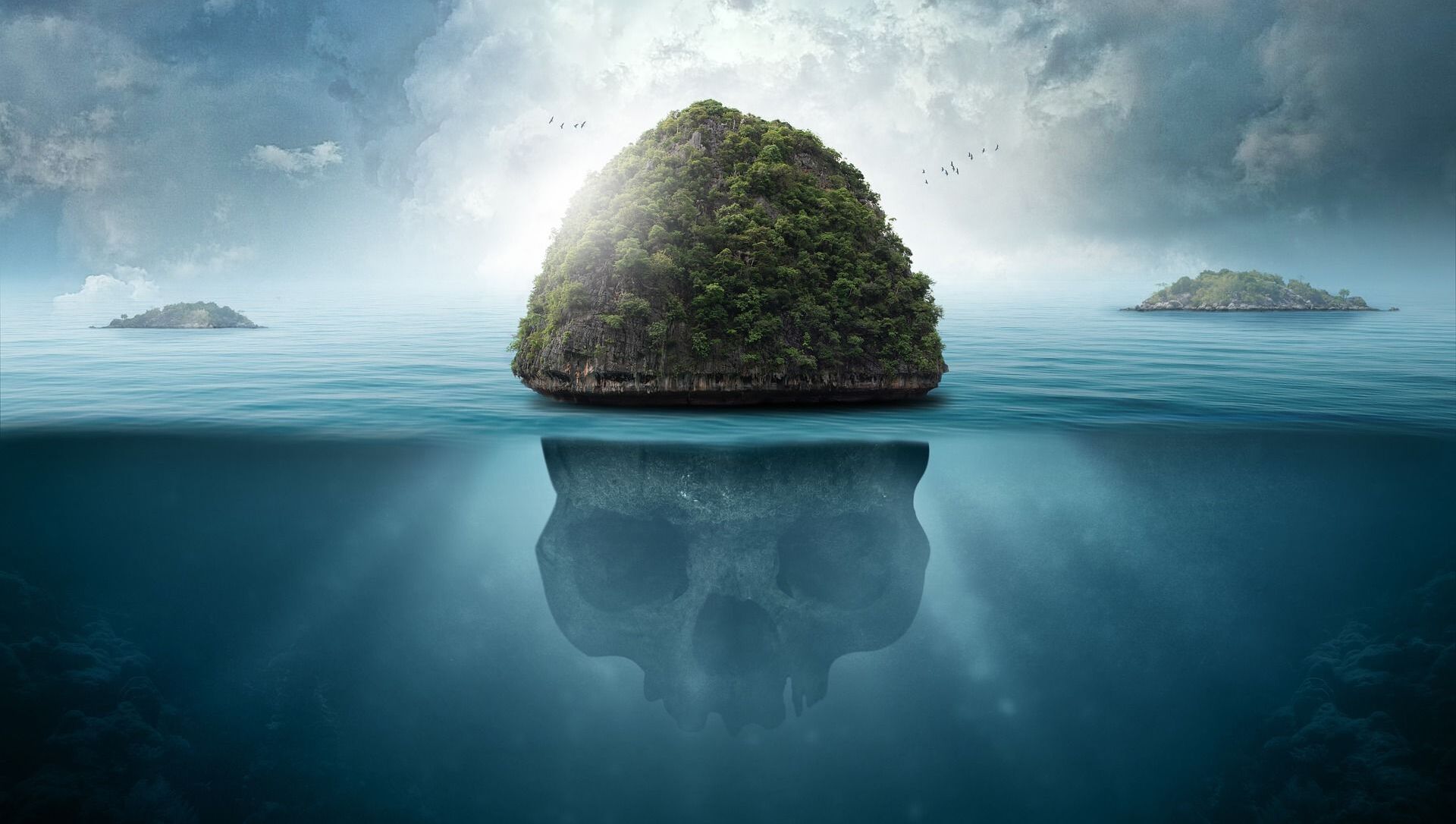https://sputnikglobe.com/20210807/us-scientists-discover-massive-dead-zone-on-the-bottom-of-gulf-of-mexico-1083549760.html
US Scientists Discover Massive Dead Zone on the Bottom of Gulf of Mexico
US Scientists Discover Massive Dead Zone on the Bottom of Gulf of Mexico
Sputnik International
According to the National Oceanographic and Atmospheric Administration (NOAA), dead zones are underwater areas where levels of oxygen are so low that no marine... 07.08.2021, Sputnik International
2021-08-07T11:57+0000
2021-08-07T11:57+0000
2022-12-10T11:50+0000
science & tech
society
newsfeed
dead zone
national oceanic and atmospheric administration (noaa)
marine life
https://cdn1.img.sputnikglobe.com/img/107586/68/1075866861_0:81:1920:1167_1920x0_80_0_0_f3e4a1d83c312d72f1e6f71e60e24bad.jpg
US scientists have discovered a massive dead zone, NOAA said in a press release. Per the agency, the average dead zone covers around 5,400 miles, but the one discovered on the bottom of the Gulf of Mexico "is approximately 6,334 square miles, or equivalent to more than four million acres of habitat".Dead zones occur naturally, but researchers say that human activity had led to the expansion of these areas. Agricultural runoff from farms and livestock get into oceans and seas, where it stimulates the growth of algae, which in turn die and decompose. During the process, oxygen-consuming bacteria decay the algae and subsequently lead to the creation of dead zones.According to NOAA, most marine life either dies, or, if they are mobile they leave these uninhabitable areas. However, even minute exposure to these biological deserts can lead to negative consequences, like changes in fish diets, growth rates, and reproduction. Dead zones also make some species, such as shrimp, less available.Researchers are now planning to examine the dead zone to find ways to "reduce its size and minimise impacts to coastal resources and [the] economy".
Sputnik International
feedback@sputniknews.com
+74956456601
MIA „Rossiya Segodnya“
2021
News
en_EN
Sputnik International
feedback@sputniknews.com
+74956456601
MIA „Rossiya Segodnya“
Sputnik International
feedback@sputniknews.com
+74956456601
MIA „Rossiya Segodnya“
science & tech, society, newsfeed, dead zone, national oceanic and atmospheric administration (noaa), marine life
science & tech, society, newsfeed, dead zone, national oceanic and atmospheric administration (noaa), marine life
US Scientists Discover Massive Dead Zone on the Bottom of Gulf of Mexico
11:57 GMT 07.08.2021 (Updated: 11:50 GMT 10.12.2022) According to the National Oceanographic and Atmospheric Administration (NOAA), dead zones are underwater areas where levels of oxygen are so low that no marine life can survive there. They occur naturally, but researchers are concerned that more and more of these biological deserts are developing due to human activity.
US scientists have discovered a massive dead zone, NOAA said in a press release. Per the agency, the average dead zone covers around 5,400 miles, but the one discovered on the bottom of the Gulf of Mexico "is approximately 6,334 square miles, or equivalent to more than four million acres of habitat".
"The distribution of the low dissolved oxygen was unusual this summer. The low oxygen conditions were very close to shore with many observations showing an almost complete lack of oxygen", said Nancy Rabalais, a professor at Louisiana State University who led the study.
Dead zones occur naturally, but researchers say that human activity had led to the expansion of these areas. Agricultural runoff from farms and livestock get into oceans and seas, where it stimulates the growth of
algae, which in turn die and decompose. During the process, oxygen-consuming bacteria decay the algae and subsequently lead to the creation of dead zones.
According to NOAA, most marine life either
dies, or, if they are mobile they leave these uninhabitable areas. However, even minute exposure to these biological deserts can lead to negative consequences, like changes in fish diets, growth rates, and reproduction. Dead zones also make some species, such as shrimp, less available.
Researchers are now planning to examine the dead zone to find ways to "reduce its size and minimise impacts to coastal resources and [the] economy".
"This year, we have seen again and again the profound effect that climate change has on our communities — from historic drought in the west to flooding events. Climate is directly linked to water, including the flow of nutrient pollution into the Gulf of Mexico", Environmental Protection Agency Assistant Administrator for Water Radhika Fox said in the release.

